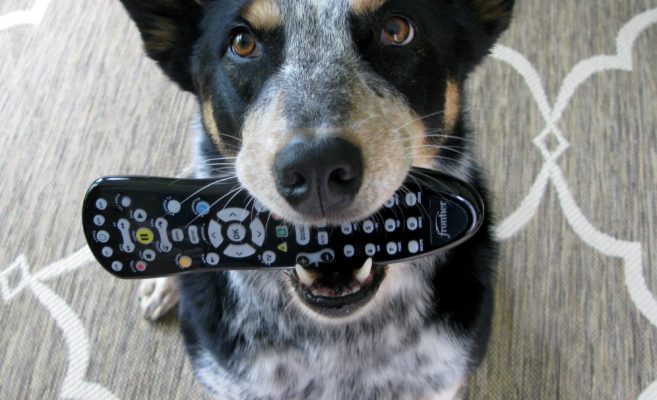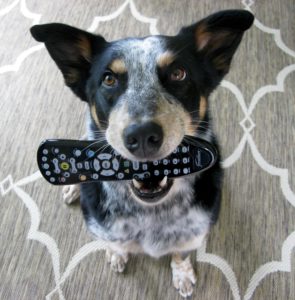Continue reading
→
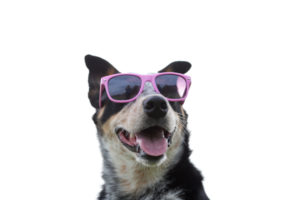
With summer in full swing with high humidity and soaring temperatures, keeping your dog cool while getting them proper exercise is a serious concern. Today’s blog is on a couple different ways to keep your dog cool when you venture outside.
Last weekend I was at a clinic with my dog. Temperatures were close to 90 degrees, but he was happy as a clam out under a tree with his swamp cooler, frozen cooling pad to lie on, and bowl of water. If you are going to be in direct sun (especially if you have a dark colored dog whose coat heats up quickly) I recommend a swamp cooler like the one Jake is wearing below made by Ruffwear. The vest works by using natural evaporative cooling to lower the dog’s temperature while reflecting the sun’s rays.

If you are going outside for some exercise with your pup remember to try to bring them out early in the morning or later in the evening when temperatures are low. And remember brachiophalic dogs (those with shortened snouts) may have a harder time cooling off and breathing, so be extra careful in the heat!
If you are hanging out in the backyard a plastic kiddie pool can be an awesome and inexpensive addition to your doggy equipment. If your dog is timid about going in the water, make sure you introduce them slowly to just an inch or two of water. Give them lots of treats for exploring this new obstacle and you can even build them a small dirt ramp to get inside if they are nervous about jumping in. Toss a couple pieces of hotdog in the water and now you’ve created your own doggy “bobbing for hotdogs” game!
Another simple but occasionally overlooked part of the cooling equation is properly grooming your dog. If your dog has lots of dead hair trapped in his coat, the coat wont be able to efficiently regulate heat, so make sure you are brushing them frequently to remove trapped hair.
Additionally, make sure you are monitoring their exercise in the summer. Some dogs just don’t know when to quit and will play until they succumb to heat exhaustion, especially those with high drive. Give your dog plenty of breaks in the shade, even if he grumbles about it.
And remember, CHECK THE PAVEMENT! If you can’t place your palm on the pavement for 5 seconds comfortably, it is too hot for your dog to walk on it!
Finally, if you’re looking to offer your dog a cool treat, try making homemade pupcicles! These are probably best enjoyed outside or in a crate and not on your favorite rug, but your dog will have a blast. I typically make them by freezing a mix of yogurt, pumpkin, peanut butter and other dog friendly snacks inside a plastic cup. Once frozen, I run it under hot water and pop it out when it’s time to give it to the dog. Another fun idea is to fill a kids sand bucket with water flavored with chicken broth and put a toy at the middle and freeze it. Once popped out of the bucket, your dog has to figure out how to release the toy from the ice. This can be a fun mental and physical game for them as you watch them roll your ice creation around the yard.
Summer can be an awesome time for you and your pup, full of lots of adventures and lazy evenings in the yard. With these tips you can keep your dog safe and healthy in the hot summer weather!
Pages:
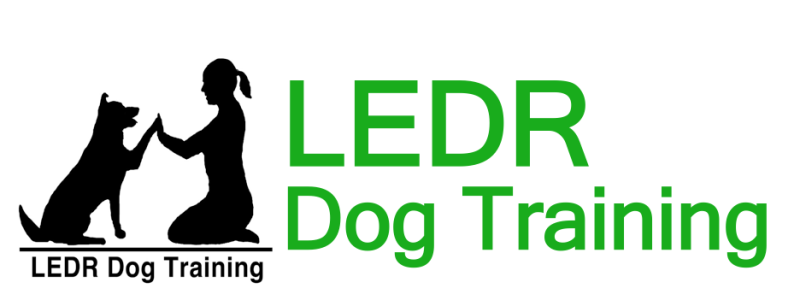
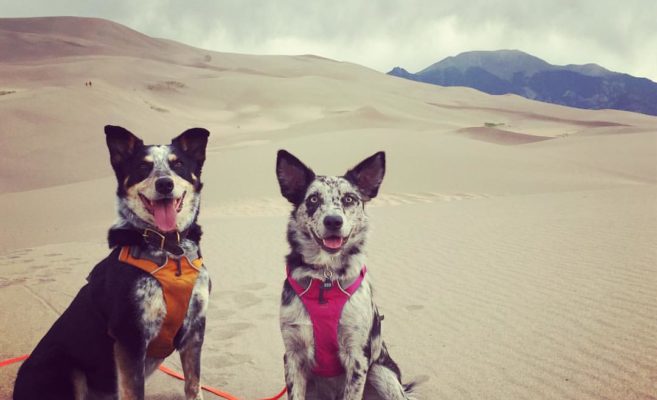
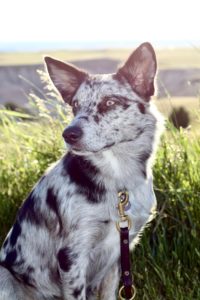

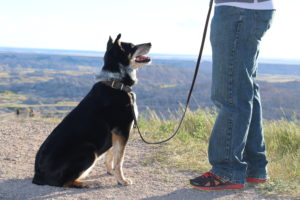



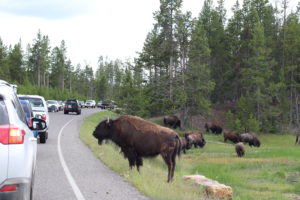
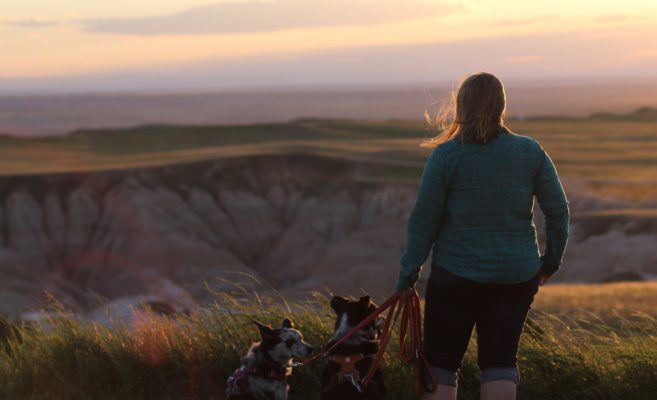
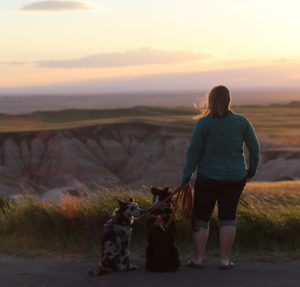
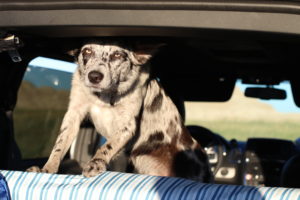
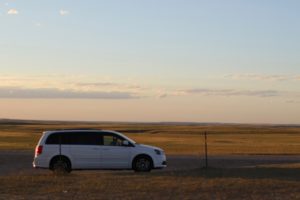
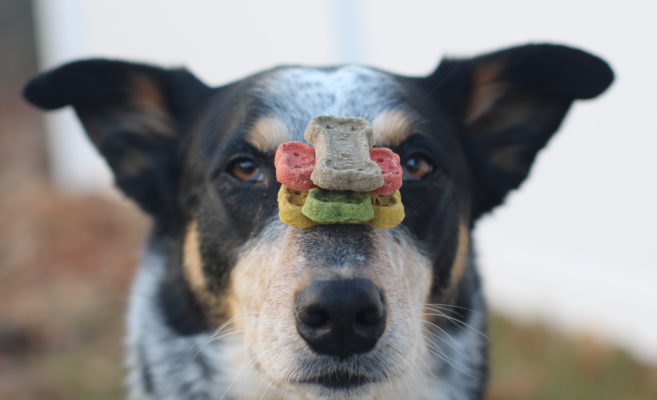
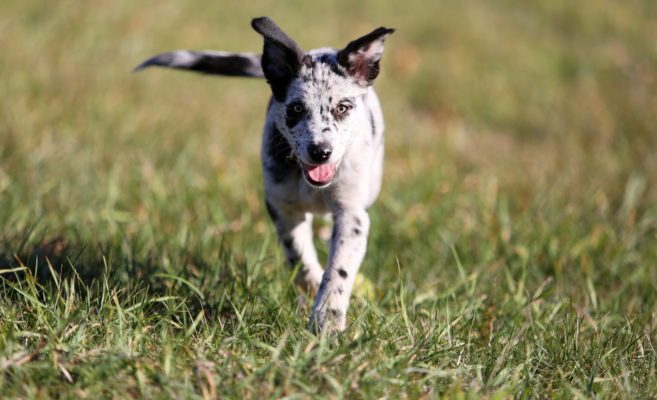
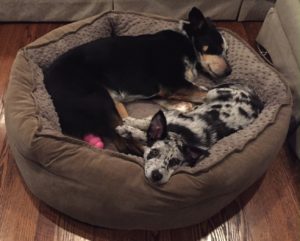 Green fuzzy stuffing. Green fuzzy stuffing has been the bane of my existence for the last couple of days. But let me rewind a little. About a month ago we brought home an energetic 8 week-old puppy. She’s a typical puppy in that she will get into anything and everything!
Green fuzzy stuffing. Green fuzzy stuffing has been the bane of my existence for the last couple of days. But let me rewind a little. About a month ago we brought home an energetic 8 week-old puppy. She’s a typical puppy in that she will get into anything and everything!


